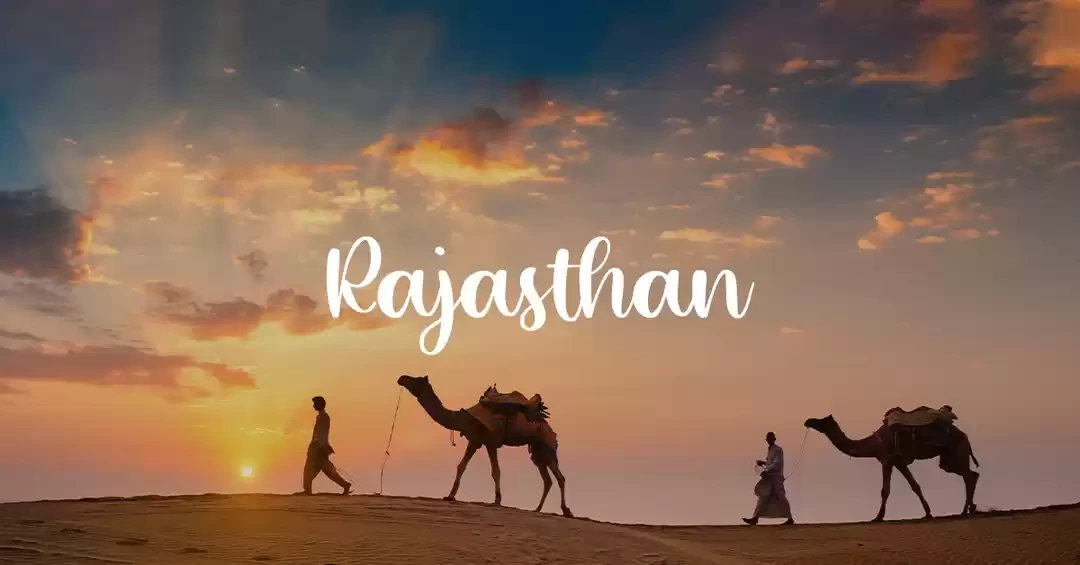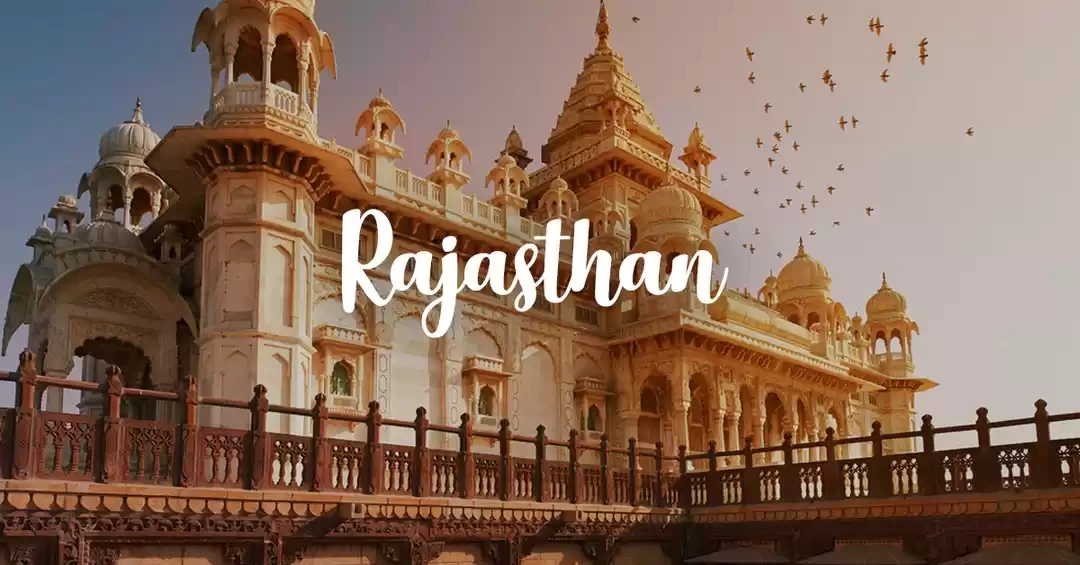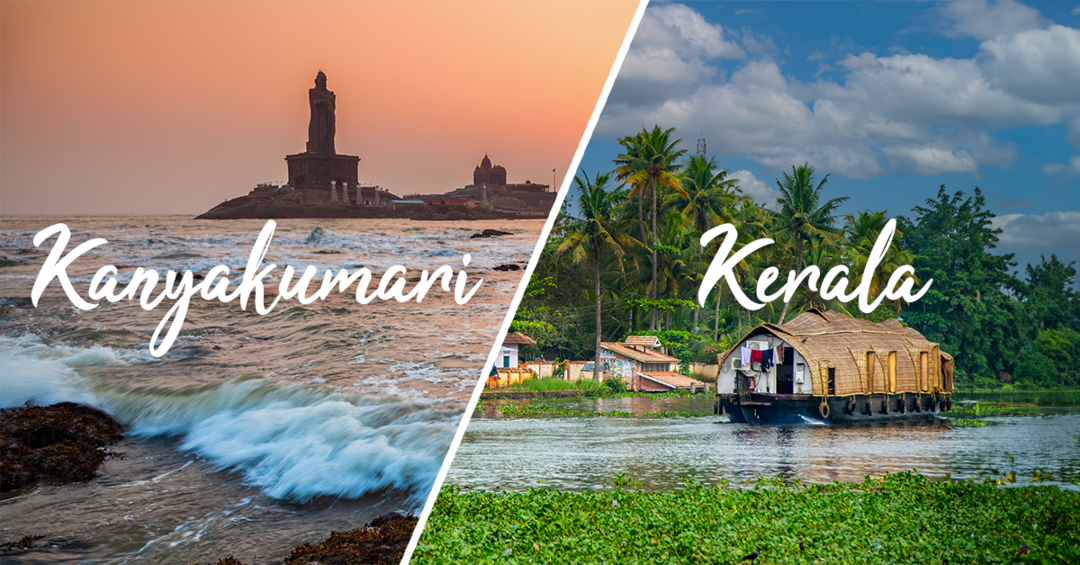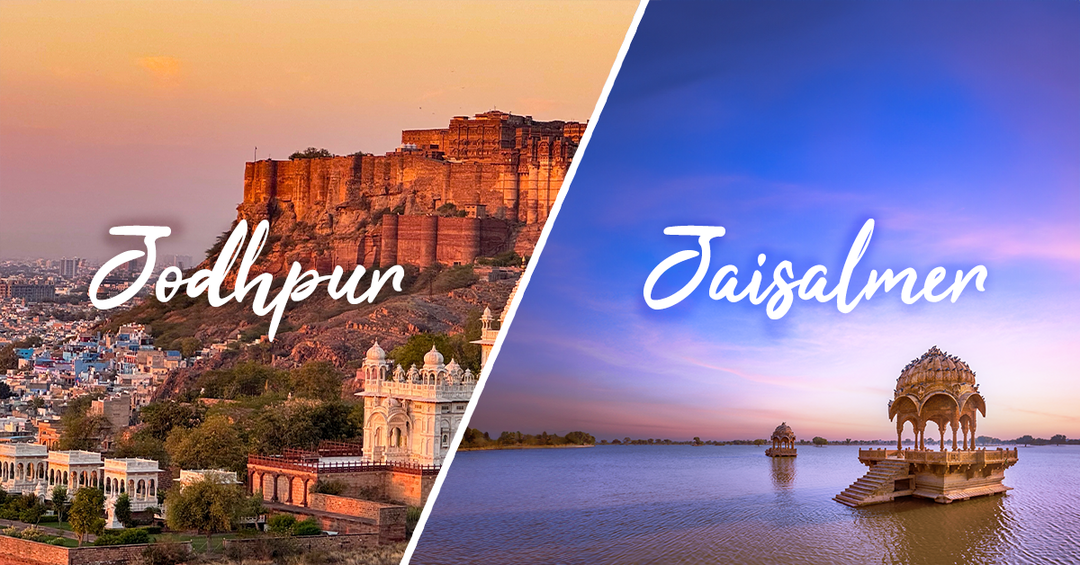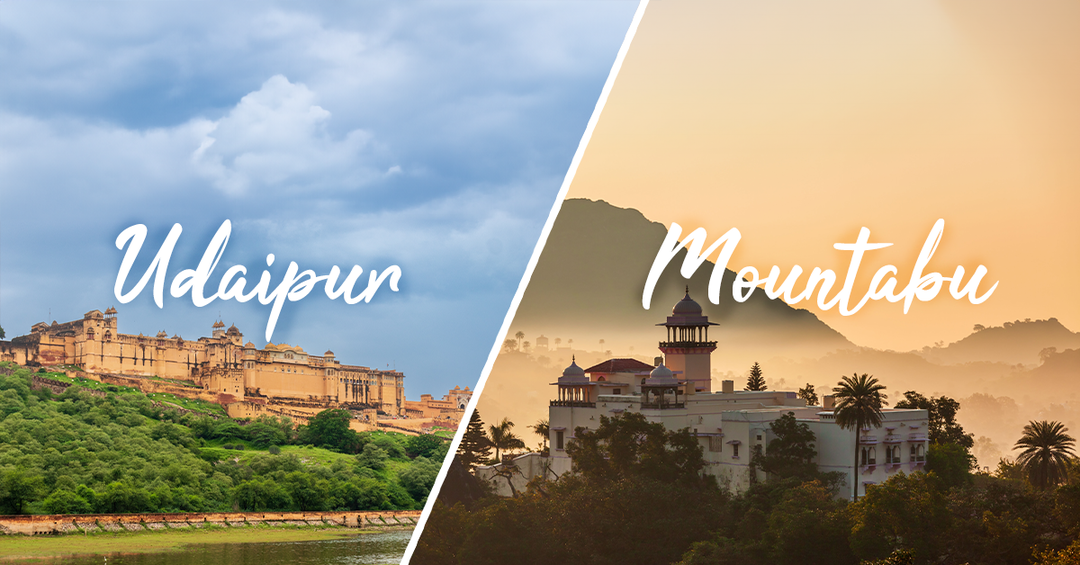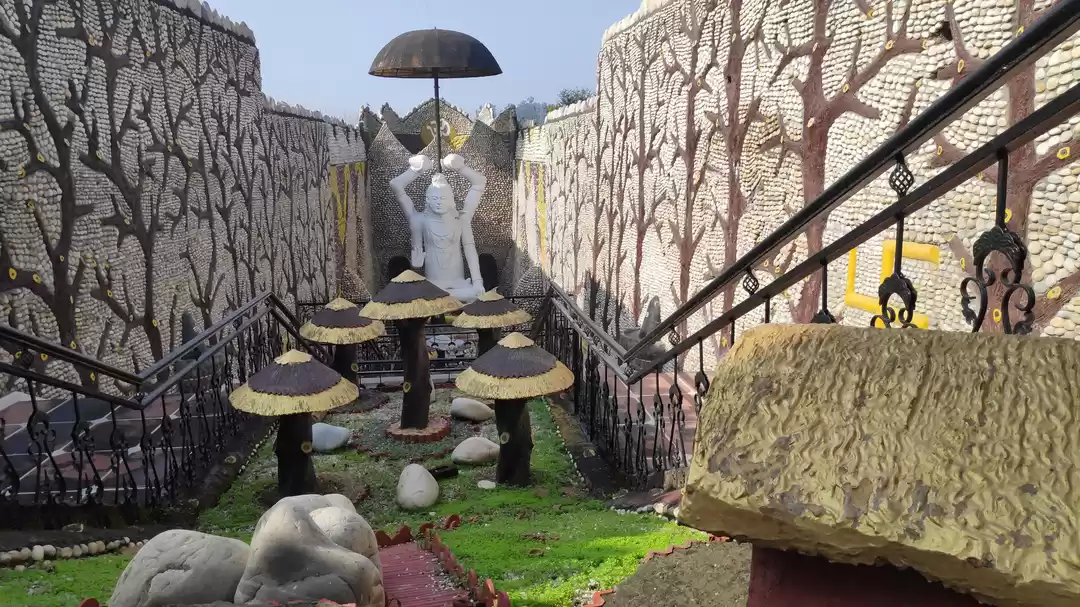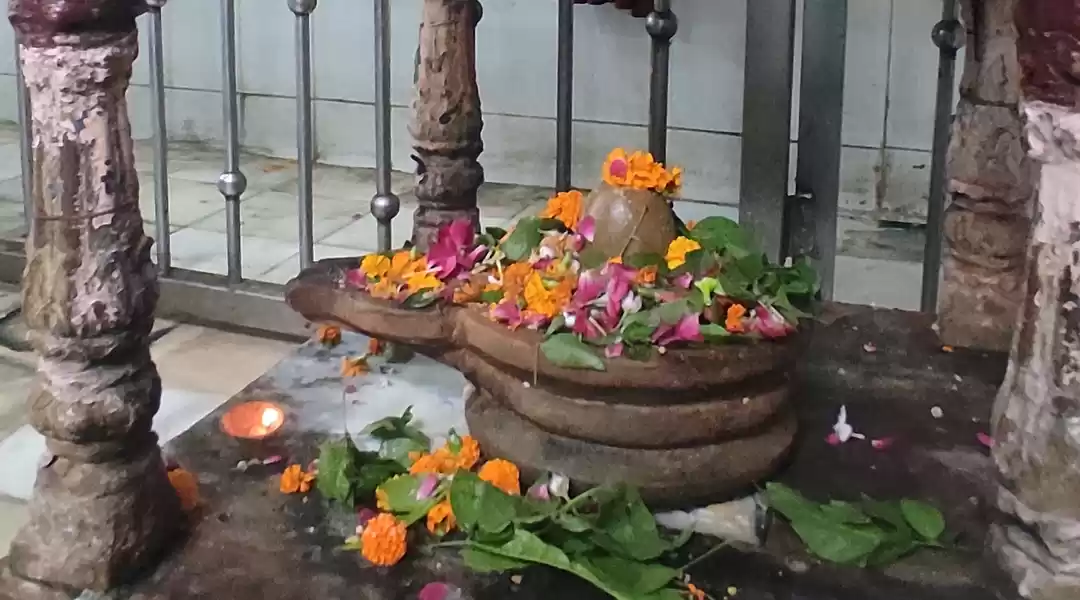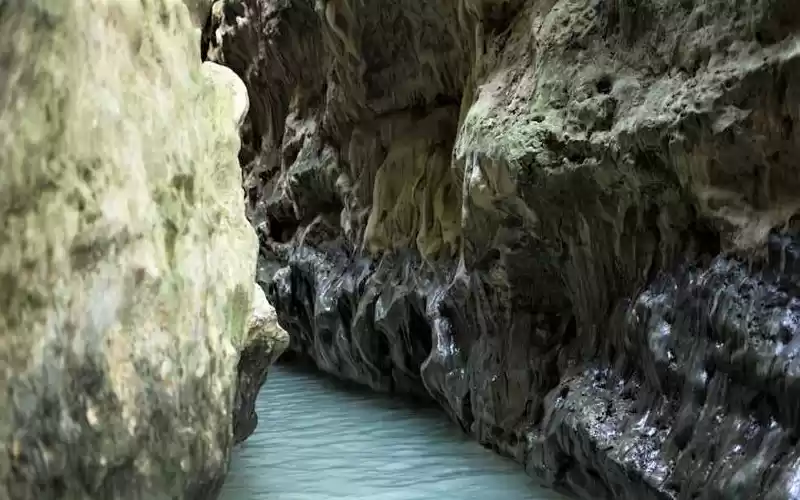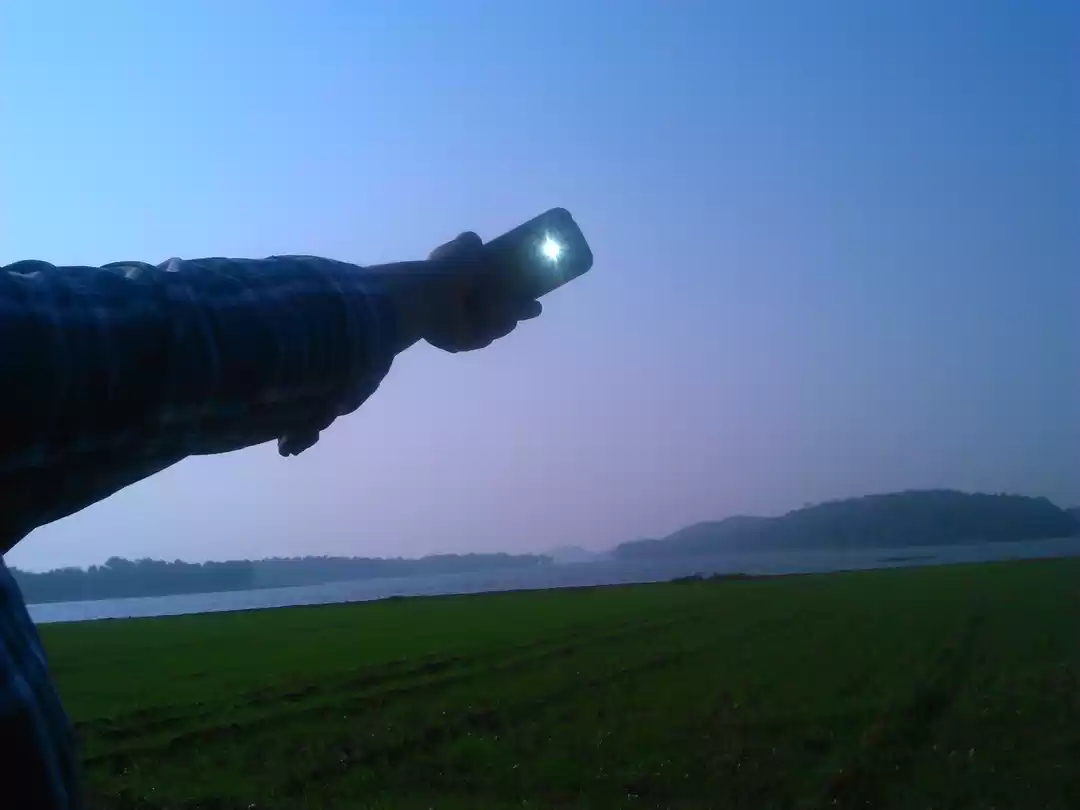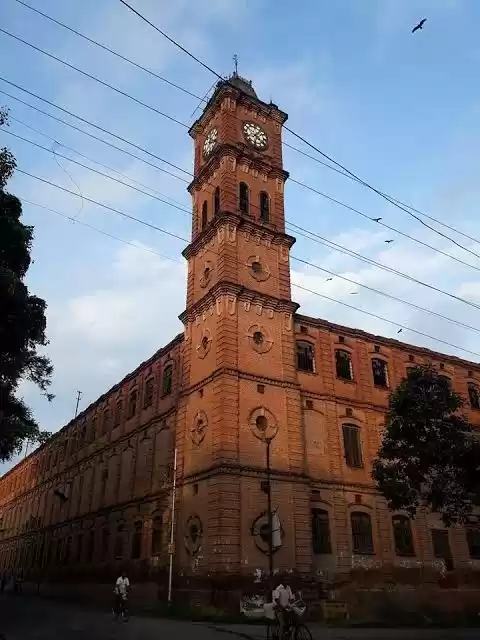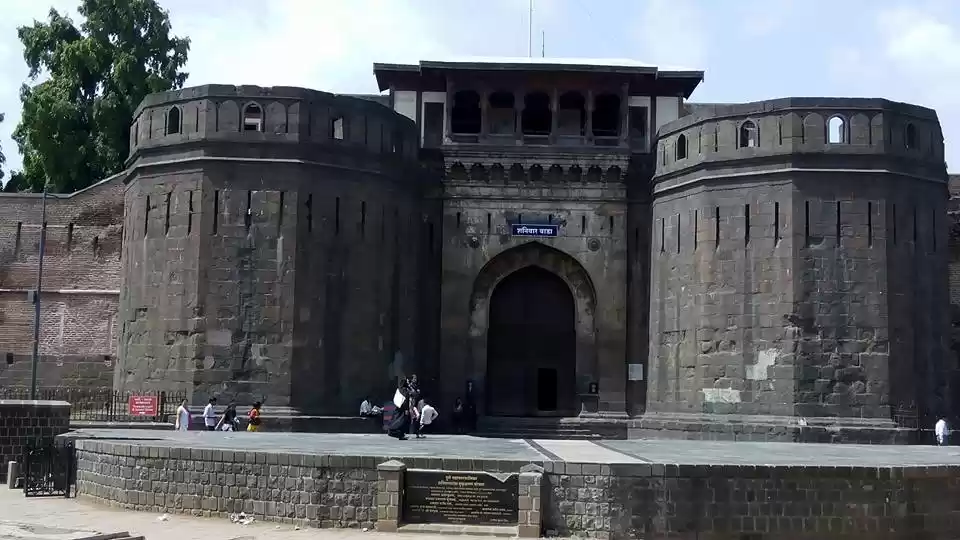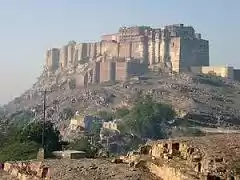
Yamuna Nagar was established in 1989 and a twin of it or major part of it, Jagadhri, which is older than Yamuna Nagar lies at the foothills of the Shivalik. Prior to being called Yamuna Nagar, it was known as Abdullapur. These two cities are known as 2 zones of Municipal Corporation. It is famous for its timber.
Here are 10 places to explore in these cities :
Ashok Stambh Park
Located in the village of Topra Kalan, it includes a replica of Ashok Pillar Chakra from Delhi and other places like Gaya Bihar and Odisha. This disc (chakra) is made out of iron. It was proposed in 2011. Delhi’s Topra Ashokan Mainstay was found in Topra Kalan and Archeological review of India has also discovered various Harappan blocks and stones from the region.

Rang Mahal :
A pleasure house was built here during the Mughal rule in the town of Buria which is closely associated with Mughals. One of the chief courtiers of Shah Jahan built this three storied palace, known as Rang Mahal. It is also said that Birbal, Arkbar’s close aide, was born in Buria.
As of today this place is in ruins, it was known for its beautifully carved arches and columns which are painted in vibrant colours. However, today it is surrounded by sugarcane and paddy fields.

Kos Minar :
Earliest known road milestones in the Indian history is considered to be Kos-Minar, which was built under the rule of Jahangir in 1619 AD. Bakir Khan, the Fauzdar of Multan was ordered to erect a tower at very kos (2 miles approx.) on the old imperial route. It is a plastered solid brick structure standing over a square platform with a tapering octagonal base.
Chitta mandir :
According to the locals this temple located at the bank of Yamuna river is over 125 years old and Pandit Gopal Giri, the head priest of the temple stated that a special aarti of Hanuman Ji is organised here every Tuesday. Also, to engage more devotees to read Gita, the walls are inscribed with the Gita’s 700 verses which according to Gyananad Maharaj is vital in today’s time. There is also an annual programme which sees various sadhus and devotees from different states and disciplines.
Pataleshwar mahadev temple
A beautiful temple located in Buria. An Ancient Swayambho Pataal Shivling( Symbol of the Shiva) resides here. It's a traditional Shiva temple, as it is constructed to give the appearance of being built within a mountain. Here you will find scriptures such as Shiva Aarti written on the wall, along with a Lota (a traditional mug) which is used to pour water and milk over the Shivling.
You will also find a huge Shiva statue here with another shivling behind the closed gates which are inaccessible but are opened during Shivratri. Given it’s construction, a well is also built behind the statue to ensure it doesn’t overflow with water during the rains. Unlike other places, this one is well maintained.

Town Park :
A decent sized park in Sector-18 of Yamuna Nagar. It is known for its Veer Hakikat Rai’s statue. It is located in quite a nice area as it is not surrounded by any major road it is generally quiet. A lot of walkers and joggers can be seen here as it has one of the largest walking trails of any park in the city. Another great fact about this park is that it’s a plastic-free zone which only adds to the beauty of it’s lush greenery. General facilities are also available here such as parking, washrooms and clean drinking water.
Kalesar Wildlife Sanctuary:
A sanctuary located in Yamuna Nagar on the bank of the river Beas at around 3000 feet from the sea level. It is one of the prime attractions of Yamuna Nagar with an area spanning over 11,000 acres.
Kalesar wildlife sanctuary is home to various wildlife such as sambar, wild boar, macaque monkeys and Panthers to name a few. It also houses a 100 years old colonial Dak Bungalow, which is one of its main attractions.
Chaneti Buddhist Stupa
About 3 KMs from Jagadhri, in the village Chaneti lies this grand tomb that’s around 8 meters tall made out of bricks in the area of 100 M sq. This old Buddhist Dome is known to have been built by King Ashoka.
It is said that during the reign of Ashoka’s rule, Shrughna( modern Sugh) became an important city for Buddhism and was built due to that. The construction of this dome is quite unique as it uses no metal or wooden frames. It is made out of various layers of bricks laid in a fashion that makes a hollow hemisphere on the inside while still protruding steps on the outside.
Ch. Devi Lal Herbal Nature Park: .
This park is located on the Yamuna Nagar - Paonta road. It was built as an effort to cater to the ever rising demand for medical supplies as it houses a vast array of healing herbs and plants. Not only it serves for domestic medical use, this park also serves in international business circuits.

Adibadri:
Located in Bhabar about 40 KMs north of Yamuna Nagar, this is a group of temples such as AdiBadri Narayana, Shri Kedar Nath and Mantra Devi to name a few with a magnificent backdrop terrain.
It is a part of Panch Badri of Uttrakhand, which is a group of 16 temples dating back to the Gupta period.
Most of them from the whole flock of temples are representative of the Lord Vishnu which is also known as Badrinath. Among these temples, there is one called Narayan temple which houses a 3 feet tall Vishnu’s idol made out of black stone. This place is a huge attraction for archeologists, devotees and as well as general tourists.
Panchmukhi Hanuman Mandir - Yamunanagar
This ancient temple has quite a story attached to it. It is said that Lord Hanuman appeared in the dream of Baba Janaki Das and asked him to install a statue of himself under a leguminous tree. Baba Janaki Das laid the foundation stone of this temple about 700 years ago by collecting soil from various pilgrimage sites across India and bringing it here. It is said wishes of each devotee are fulfilled here and a fair is also held here on Tuesdays.



